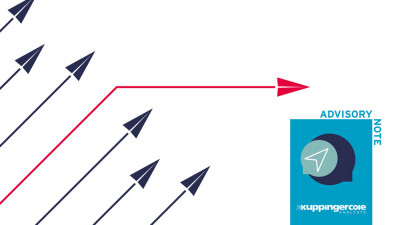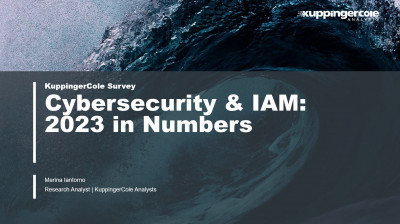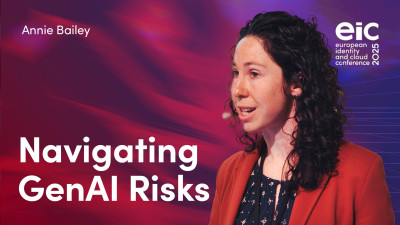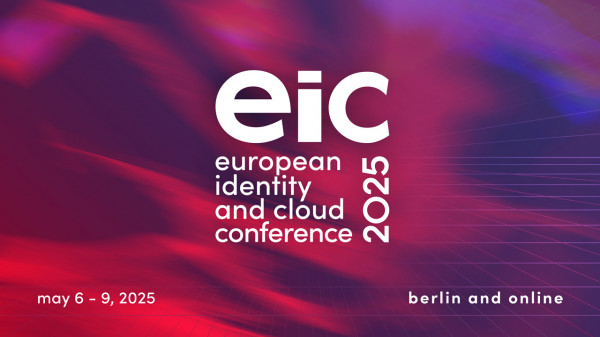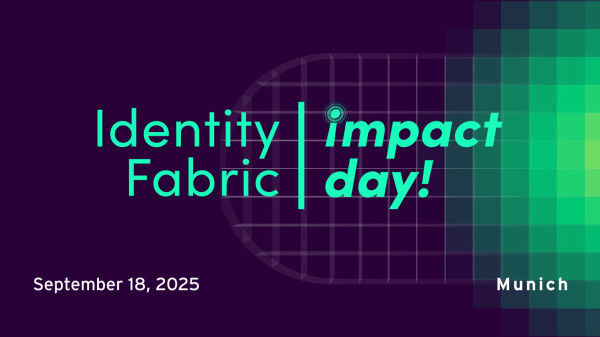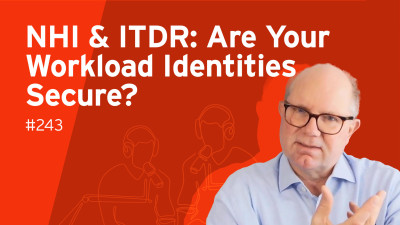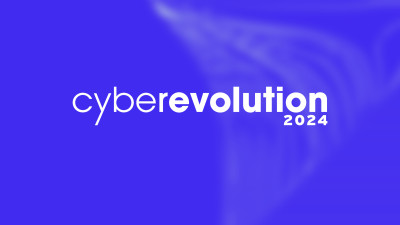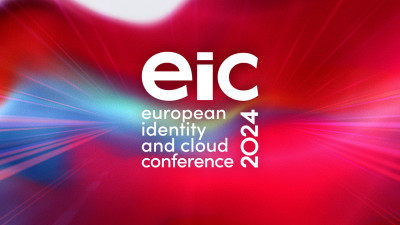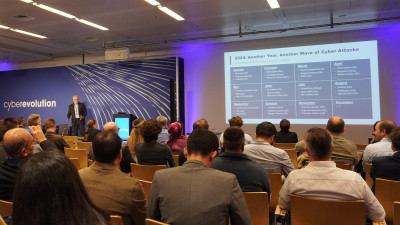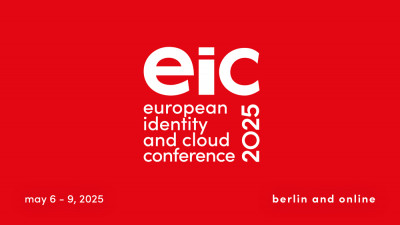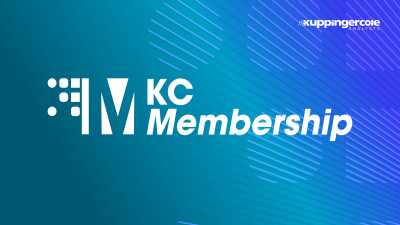1 Introduction
IAM (Identity and Access Management) solutions are essential components of enterprise IT infrastructures for managing the digital identities of employees, partners, customers, but also devices and things, in the digital business, and for protecting digital corporate assets. IAM systems manage user accounts and their entitlements as well as their access across the variety of systems and applications in use in organizations.
Identity Lifecycle Management remains a core IAM requirement, but Access Governance is becoming a more sought-after capability for organizations requiring better visibility and control over governance functions and access entitlements across IT infrastructures. Governance solutions can run the gamut of providing simple reporting and dashboarding but can include more advanced capabilities that can include AI and/or machine learning techniques enabling pattern recognition to deliver valuable intelligence for process optimization, role design, automated reviews, and anomaly detection. Identity Governance and Administration (IGA) encompasses the capabilities in IAM market that broadly deal with end-to-end identity lifecycle management, access entitlements, workflow and policy management, role management, access certification, Separation of Duties (SoD) risk analysis, reporting and access intelligence for business-related insights to support effective decision making, enhanced auditability and improved security. IGA can also contribute towards removal of manual processes by automating tasks such as access reviews, access certifications, triggering workflows and others.
Over the past several years, organizations have been facing multiple changes affecting their security posture. The perimeter which separated the internal network from the outer world does not have the same relevance it had before, with remote and mobile users accessing internal systems, with integrating business partners and customers into business processes, and with the shift to cloud applications. On the other hand, the value and relevance of digital corporate assets and intellectual properties have increased. With the shift to connected things, digital assets need more robust security to avoid data breaches and unauthorized access.
IAM done right ensures effective management of identities and their various supporting components such as their user accounts and passwords, and their access entitlements, and attributes, while making sure authentication works as expected. IAM if not done right increases the attack surface. IAM provides the tools to automate processes around managing users and access entitlements, but also for regularly reviewing these and identifying orphan accounts, excessive entitlements, static entitlements, policy and SoD violations, unauthorized access, and in general centralized governance visibility.
On the other hand, IAM also plays a vital role for business enablement, when it comes to the need of employees, contractors, business partners, and customers to access certain applications, systems, and data. IGA (Identity Governance and Administration) as one of the core disciplines within IAM helps in managing identities and avoiding orphaned accounts, and in restricting entitlements according to the least privilege principle as a core concept of regulatory compliance. Thus, it helps in achieving regulatory compliance, but also is a central element in reducing the attack surface for both external and internal attacks. Beyond that, there is an emerging demand for supporting things (IoT) and devices, specifically when creating new digital services.
IGA products support the consolidation of identity information across multiple repositories and systems of record such as HR and ERP systems in an organization's IT environment. The identity information including user accounts, associated devices, associated access entitlements and other identity attributes are collected from across the connected target systems for correlation and management of individual identities, devices, users, groups as well as roles through a centralized administration console.
IAM tools should enable implementing the workflows and automated processes for onboarding users and granting them access; however, not all solutions are capable of performing this task. IAM can enable organizations to manage identities by optimizing the onboarding and change processes, but also ensure that entitlements are revoked, and accounts are deleted or deactivated once they are no longer required. Moreover, IAM also manages access through various access control policies, Just In Time (JIT) provisioning, adaptive authentication, and dynamic authorization.
This KuppingerCole Executive View report focuses on Omada Identity Cloud, an IGAaaS offering provided by Omada, a leading IGA (Identity Governance & Administration) vendor headquartered in Denmark. Omada Identity Cloud has its roots in the established on-premises IGA solution of Omada but has been rebuilt to allow for efficient delivery as a service.




